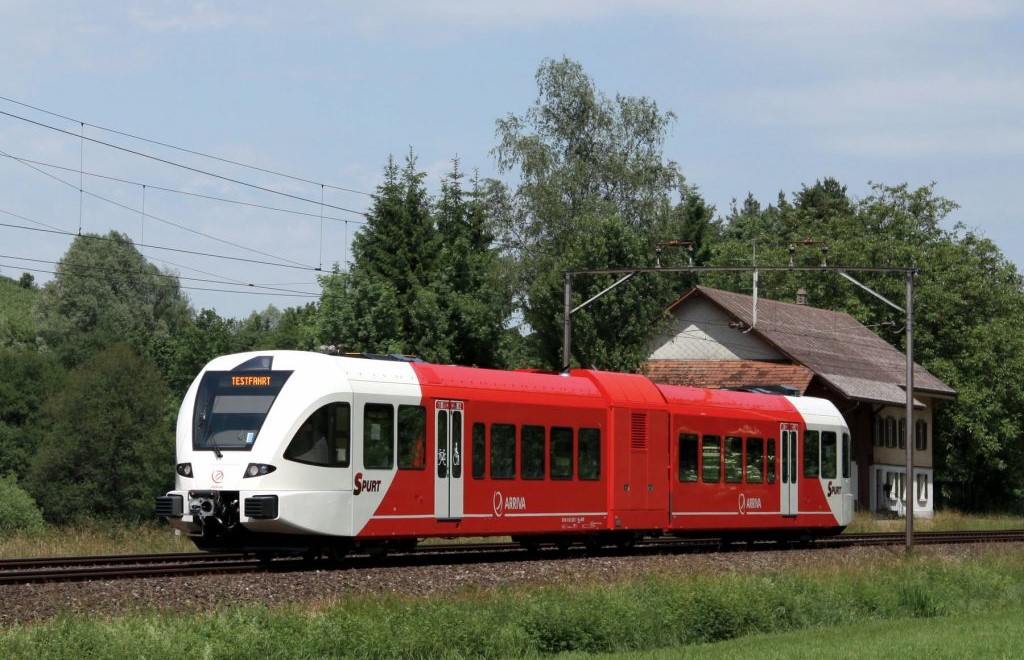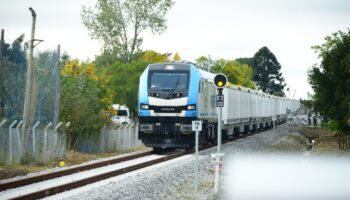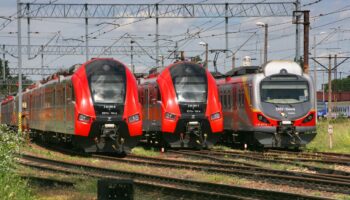The Netherlands: Infrastructure operator ProRail and passenger operator Arriva Nederland (part of Deutsche Bahn) have published a report on the results of a new stage of the Stadler GTW3 diesel train with GoA2 automation level trials. The train has been tested since 2019 in the province of Groningen.
As part of the tests carried out last summer, the train made 186 test runs and covered about 3.8 thsd kilometers. The purpose of the trials was to test several functionalities of the autoguidance system: scheduled train driving (how the system will cope with current schedule changes and delays), automatic stop of the train at a set location, and low energy consumption mode.
Of all the declared goals, only driving the train according to the schedule correctly showed itself. The automatic guidance system was able to quickly respond to changes in the traffic schedule and, for example, reduce speed, allowing other trains to pass.
 GoA2 Stadler GTW3 DMU during a test run with passengers in 2020. Source: railcolornews.com
GoA2 Stadler GTW3 DMU during a test run with passengers in 2020. Source: railcolornews.com
Although the report notes that the train was able to automatically stop at the set point at the right time, however, the deviation from the set parameter fluctuated within 3 meters. The stop inaccuracy issue arose due to synchronisation issues between two systems: ATO auto-guidance and the ATBNG system, which helps train drivers avoid missing rail signals. It resulted in incorrect processing of signal and geolocation information.
It also failed to achieve a reduction in energy consumption throughout the entire test route. It was possible to reduce energy consumption only in some areas by manually adjusting the settings of the ATO system. The failure is due to several factors: problems with one of the train’s traction motors, which sometimes stopped functioning, and incorrect operation of the function of passing points where it is not necessary to stop (for example, bridges and switches). Additionally, it is noted that the driver’s display incorrectly showed the time of the train’s arrival at the station and the parameters of the upcoming braking.
At the same time, in 2021, Alstom announced data according to which the experience of GoA2 rolling stock implementation in Belgium, Germany and the UK suggests energy savings of up to 15% when running interregional trains and up to 42% on suburban routes.













